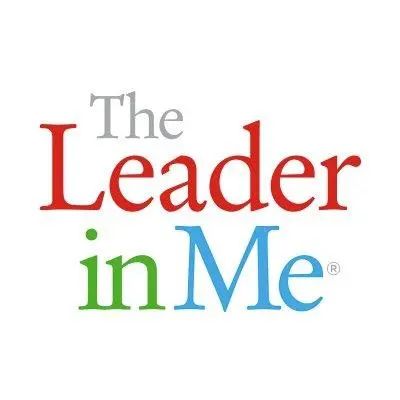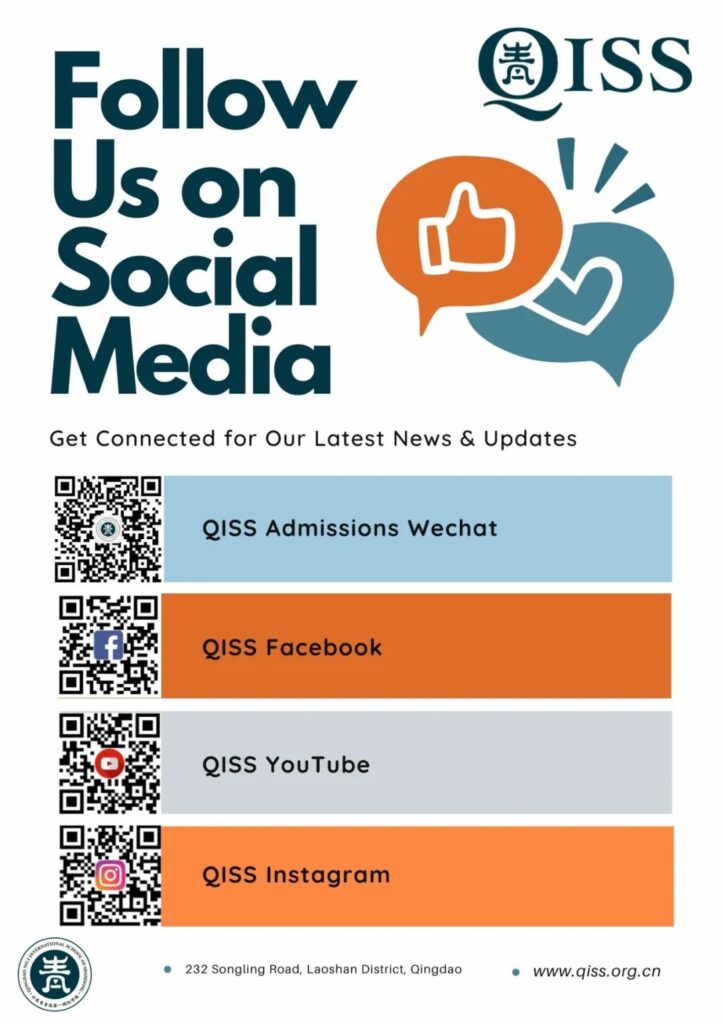Guided Math at QISS follows the same principles as Guided Reading: Meeting students where they are in the curriculum to develop a deeper understanding of the content through small group instruction. Guided math is a structure that allows teachers to differentiate instruction so they can reach and teach every student. The flexible grouping in Guided Math allows students to work with peers that are at a similar instructional level, providing opportunities for meaningful math talk to occur. Student learning styles can be incorporated to increase engagement. Teachers are able to give more immediate and focused feedback with smaller groups and use what they observe to drive instruction. Short lessons that dig deeper into skills and concepts can be tailored for different levels to help students develop confidence in their mathematical abilities.
QISS的指导性数学遵循与指导性阅读相同的原则:了解学生的水平,通过小组教学让学生对学习内容进行更深入的理解。引导式数学是一种方法,老师们进行差异化教学,以便能够接触和教导每个学生。指导性数学的分组使学生能够与处于相同水平的同学一起学习,充分的参与数学讨论。老师能够在小组中给予直接和集中的指导,并利用观察到的情况来推动教学,以帮助学生建立对数学能力的信心。
QISS의 지도적 수학은 지도적 읽기와 동일한 원칙을 따르며, 학생들의 수준을 먼저 이해하고 그룹 교육을 통해 학생들이 학습 내용을 더 깊이 이해할 수 있도록 합니다. 지도적 수학은 선생님들이 각 학생을 접촉하고 가르칠 수 있도록 차별화된 교육을 하는 방법입니다. 지도적 수학 그룹은 같은 수준의 학생들과 함께 공부하고 수학 토론에 충분히 참여할 수 있도록 합니다. 선생님은 그룹에서 직접적이고 집중적인 지도를 제공하고 관찰된 상황을 활용하여 교육을 촉진하여 학생들이 수학 능력에 대한 자신감을 쌓을 수 있도록 도울 수 있습니다.


Guided Math at QISS can take different forms all based on student needs. One way teachers approach this method is to teach a mini-lesson to the whole group, then pull small groups for a targeted lesson at their level. Students are able to move from concrete to pictorial to abstract thinking at a more natural pace instead of everyone having to advance together in a large group. While the teacher is working with small groups, students are practicing concepts with targeted work such as games, puzzles, critical thinking activities, and problem-based learning opportunities.
在QISS,指导性数学可以根据学生的需要采取不同的形式。其中一种方法是先给全班的学生上一小节课,再根据学生们的水平分成小组进行有针对性的教学。学生们能够以符合自己的更自然的节奏从具体思维到形象思维再到抽象思维,而不是每个人都必须在一大群人中一起学习。当老师开展小组合作时,学生们通过有针对性的工作,如游戏、拼图、批判性思维活动等方式来练习。
QISS에서 지도적 수학은 학생들의 필요에 따라 다양한 형태를 취할 수 있습니다. 한 가지 방법은 먼저 반 전체 학생들에게 한 내용을 설명한 후 학생들의 수준에 따라 그룹으로 나누어 맞춤형 수업을 하는 것입니다. 학생들은 자연스러운 수학적 사고를 사용할 수 있습니다. 선생님이 그룹 작업을 할 때 학생들은 게임, 퍼즐, 비판적 사고 활동과 같은 맞춤형 작업을 통해 연습합니다.
The driver of Guided Math is frequent formative assessment of student learning. At QISS, teachers know that not every student grows in their learning at the same rate, which is why grouping in Guided math is flexible. Students who have strong geometry skills may need more time with algebraic concepts for example. Pre-assessing students prior to beginning an inquiry, building groups based on that assessment, and continuing to take formative assessments throughout the inquiry provides teachers with the data to make decisions that result in student achievement.
指导性数学是对学生的学习进行客观的评估。在QISS,老师们知道并不是每个学生都能以同样的速度学习,这也是为什么说指导性数学的分组是灵活的。例如,几何数学强的学生可能需要更多时间学习代数的概念。在开始学习前对学生进行前期评估,根据结果分成小组,并在整个学习过程中继续进行客观性评估。这为老师们提供了理论基础,使他们能及时的调整教学方式,提高学生的学习成效。
지도적 수학은 학생들의 학습에 대한 객관적인 평가입니다. QISS에서 선생님들은 모든 학생이 같은 속도로 학습할 수 있는 것이 아니라는 것을 알고 있으며, 이것이 지도적 수학의 그룹화가 유연하다는 것을 말하는 이유입니다. 예를 들어, 기하학이 강한 학생들은 대수 개념을 배우는 데 더 많은 시간이 필요할 수 있습니다. 학생들은 학습을 시작하기 전에 사전 평가를 수행하고 결과에 따라 그룹으로 나누고 학습 전반에 걸쳐 객관성 평가를 계속 진행합니다. 이것은 선생님들이 적시에 교수법을 조정하고 학생들의 학업 성적을 향상할 수 있는 이론적 기초를 제공합니다.













